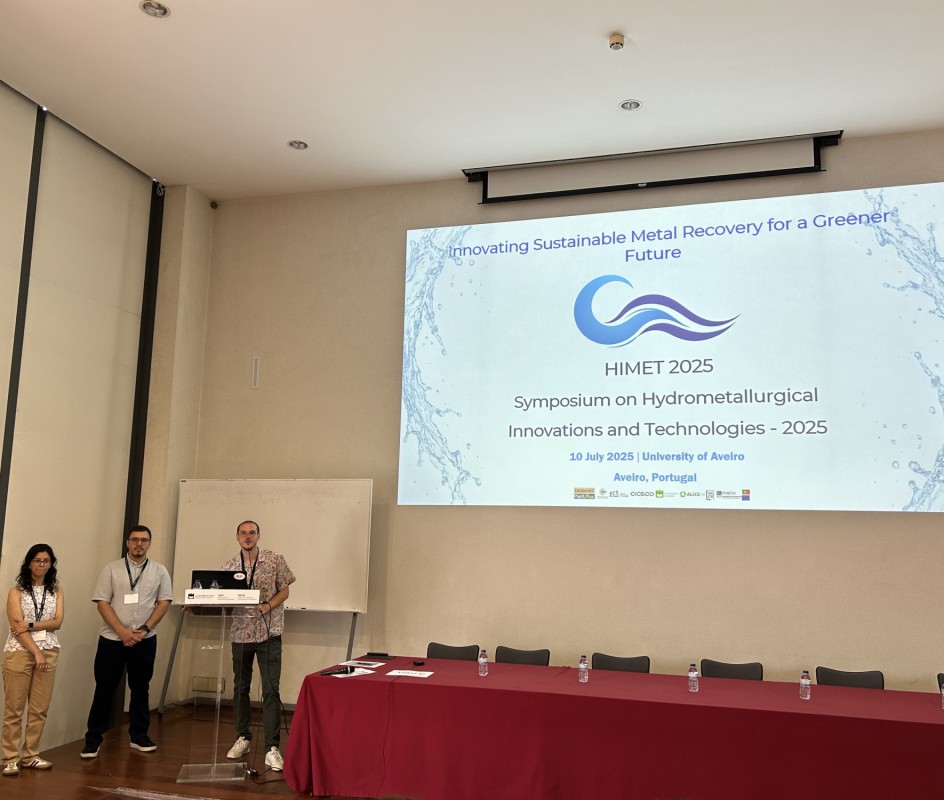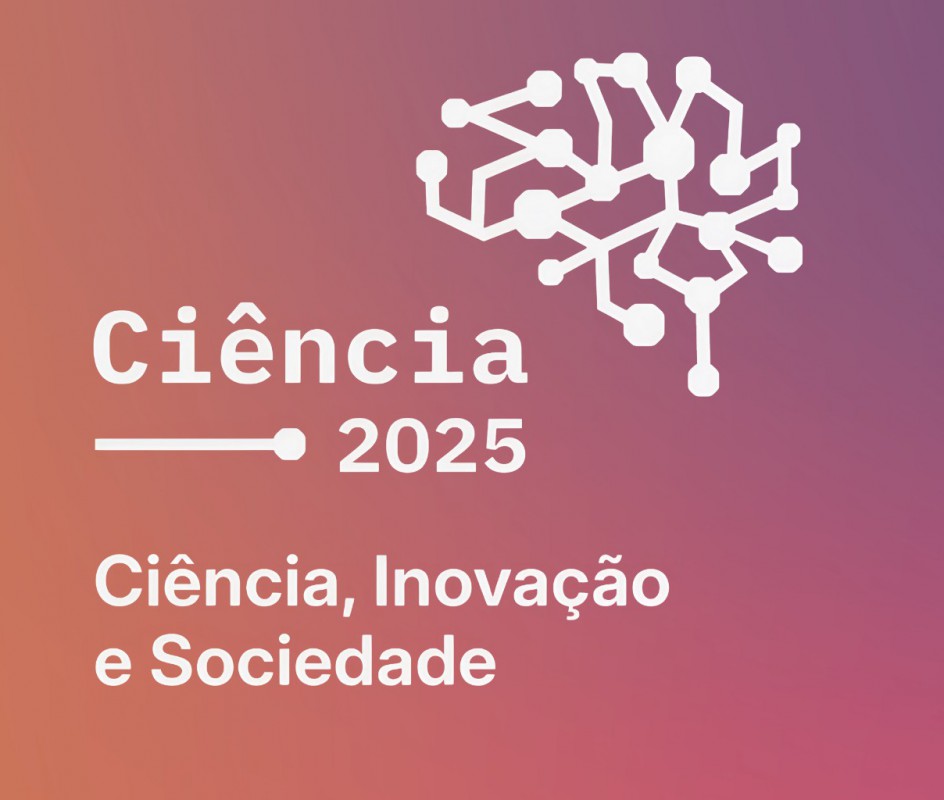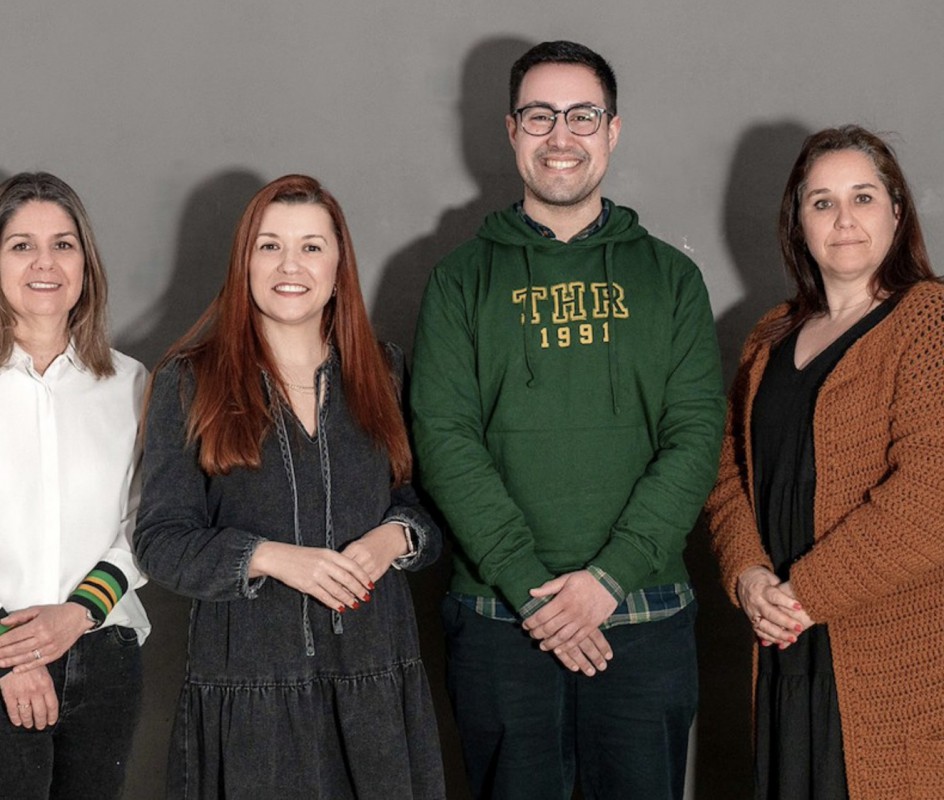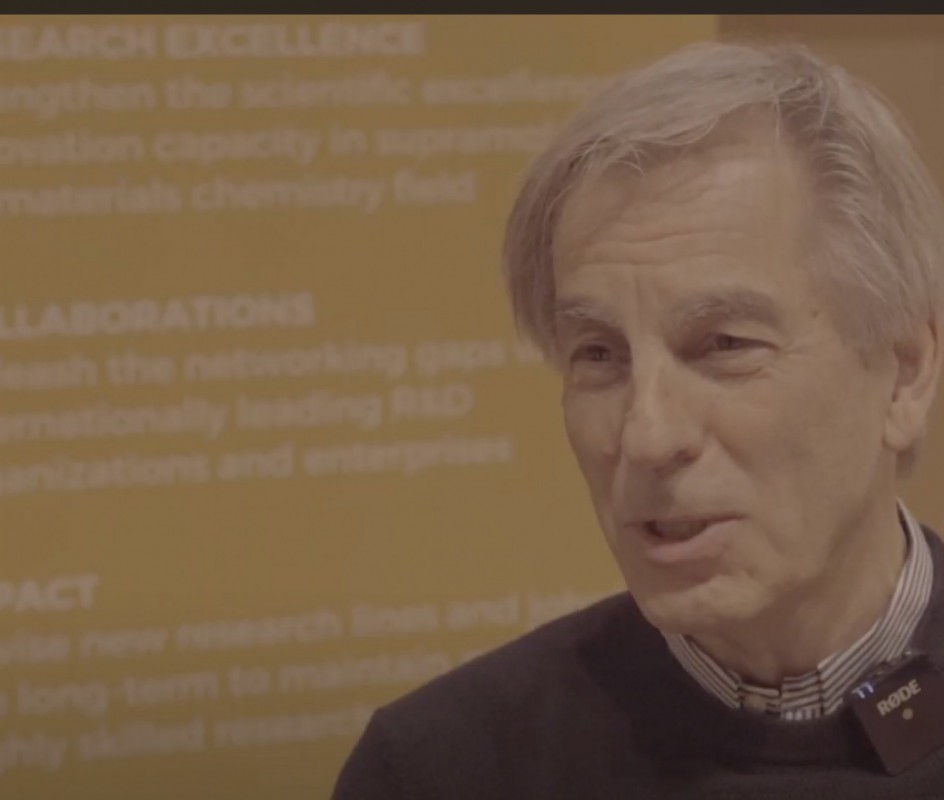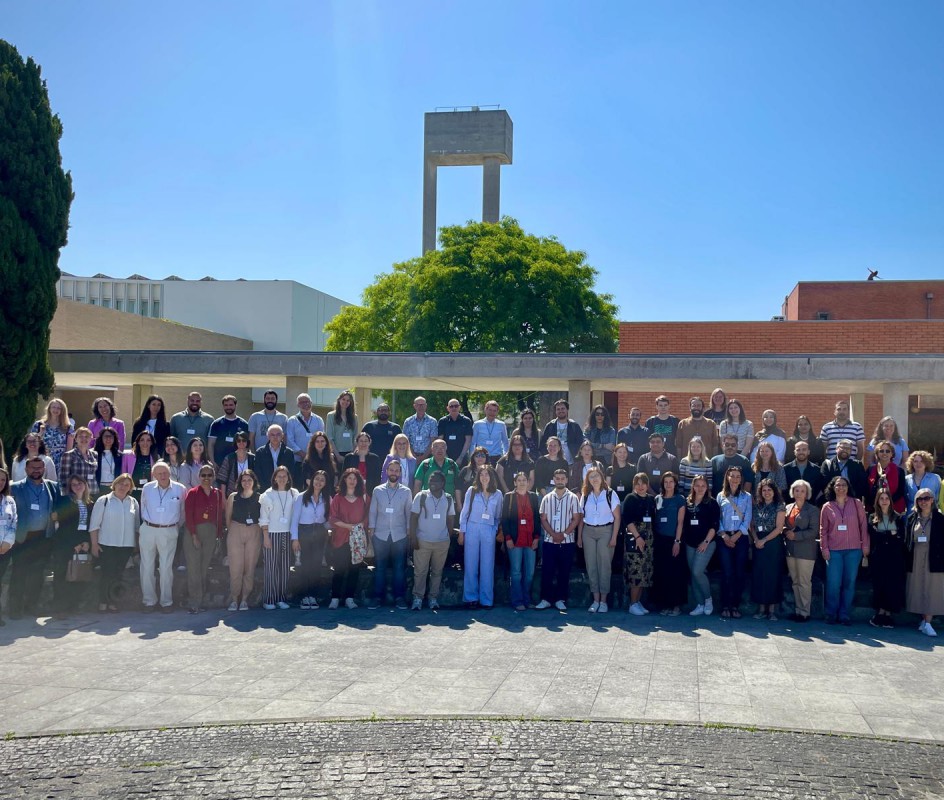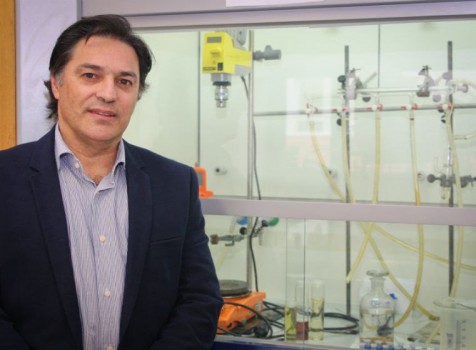
Tito Trindade, a researcher at CICECO – Aveiro Institute of Materials and a professor in the Department of Chemistry at the University of Aveiro, delves into the topic of "rare earths" from a scientific perspective and places it within its geopolitical context.
This subject has gained prominence and is currently the focus of discussions in various contexts, largely due to the media coverage of the complex international landscape we are experiencing. Tito Trindade poses and answers the question:
(full text authored by him)
"What exactly are rare earths?"
Europium is a chemical element that belongs to the so-called rare earth group. However, its abundance in the Earth's crust is comparable to that of tin, a metal used in soldering wires and bronze alloys. Most rare earths were discovered during the 19th century, and at the time, this designation was associated with a series of metals that were chemically similar to lanthanum. These metals subsequently became known as the lanthanides. The mineral samples used to extract lanthanides often contained the metals scandium and yttrium, the latter of which had been known since 1794. As a result, the term "rare earths" became associated with all these metals, forming a group of seventeen chemical elements.
However, both the terms "earths" and "rare" are somewhat inaccurate in the modern chemical context of these elements. The word "earths" was used by early scientists to classify refractory substances, typically composed of metallic oxides that dissolved in the presence of acids. Similarly, the adjective "rare" suggests a misleading notion about their abundance. While it is true that these elements are not as abundant as oxygen, silicon, or aluminum, with the exception of promethium—composed of radioactive atoms—these metals are not exactly rare in the Earth's crust. At the time, known mineral reserves containing these elements were limited, so rare earths were initially obtained from dispersed sources. The fact that these elements share similar chemical properties also made their discovery and separation from raw materials more challenging.
Despite the relevance of this topic today, discussions often overlook the fact that the demand for specific chemical elements is not limited to rare earths. The issue is much broader, as can be understood by taking a brief journey through the fundamental map of the matter around us: the Periodic Table of Elements, particularly in its version adapted for sustainable development. In reality, there are other elements essential for various applications used in modern societies, placing them in a technologically critical scenario due to their intensive use and growing demand.
Thus, in addition to rare earths, this group of technologically critical elements includes the precious metals of the platinum group, as well as other metals and semimetals such as cobalt and germanium, among many others. In short, these are elements indispensable for the operation of a vast range of devices on which modern societies heavily depend, such as mobile phones and electric motors. Moreover, there is a significant geopolitical factor at play, briefly mentioned earlier. The mining operations for critical elements extracted from natural mineral resources are unevenly distributed across the globe. For example, in the case of rare earths, the largest reserves and mining activities are concentrated in China.
The chemical element that serves as the focal point of this text, europium (from the Latin europium), was named in honor of the European continent, where all natural rare earths were discovered. However, this metal is not abundant in Europe, and the same applies to other technologically critical elements. From this perspective, Europe is currently dependent on other countries to implement its digital and energy transition, which has been designated a priority. On the other hand, anticipation and ingenuity are well-recognized qualities of European peoples, which should be cultivated so they do not become rarities themselves.
In this context, concrete strategies and measures aimed at mitigating the problem outlined above are of great importance. These will take various forms, but they certainly include investing in education, research, and innovation, along with reinforcing practices that promote the efficient use and recovery of technologically critical elements. These efforts encompass a range of related activities, such as good recycling practices—driven by investments in education—and the continued pursuit of fundamental scientific research essential for developing new technologies. Emerging technologies could, for example, be applied in electronic waste recycling facilities or in the recovery of residual sludge resulting from conventional mining operations. The retrieval of critical elements from secondary sources, followed by their reintegration into the production cycle, will not completely solve such a complex problem. However, it is part of a sustainable solution. This strategy reduces environmental impacts and health-related costs—both of which are high in the mining of critical metals—and, equally important, represents a meaningful contribution to the implementation of a circular economy.
Tito Trindade
Related Articles
We use cookies for marketing activities and to offer you a better experience. By clicking “Accept Cookies” you agree with our cookie policy. Read about how we use cookies by clicking "Privacy and Cookie Policy".


